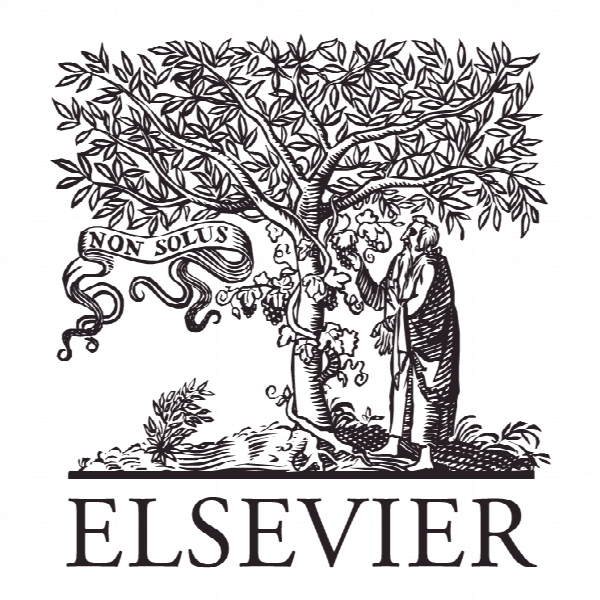استفاده از جداسازی تربو الکترواستاتیک در بازیافت ضایعات پلاستیکی Application of tribo-electrostatic separation in the recycling of plastic wastes
- نوع فایل : کتاب
- زبان : انگلیسی
- ناشر : Elsevier
- چاپ و سال / کشور: 2018
توضیحات
رشته های مرتبط محیط زیست و شیمی، مکانیزاسیون کشاورزی
گرایش های مرتبط مدیریت بازیافت و پسماند، شیمی تجزیه و شیمی محیط زیست
مجله فرایند ایمنی و حفاظت از محیط زیست – Process Safety and Environment Protection
دانشگاه Environmental Processes Laboratory (LAPAM) – Universidade Federal de Santa Maria – Brazil
منتشر شده در نشریه الزویر
کلمات کلیدی انگلیسی Tribo-electrostatic separation; plastic; recycling; mechanical processing
گرایش های مرتبط مدیریت بازیافت و پسماند، شیمی تجزیه و شیمی محیط زیست
مجله فرایند ایمنی و حفاظت از محیط زیست – Process Safety and Environment Protection
دانشگاه Environmental Processes Laboratory (LAPAM) – Universidade Federal de Santa Maria – Brazil
منتشر شده در نشریه الزویر
کلمات کلیدی انگلیسی Tribo-electrostatic separation; plastic; recycling; mechanical processing
Description
1. INTRODUCTION The quality of life of individuals has improved due to continuous industrial development. Plastics are directly related to this development, due to their reliability, low cost, durability, and lower weight compared to competing materials, besides their great versatility and adaptability in terms of the technical specifications required (Siddique et al., 2008). The world’s total consumption of plastics is increasing at an average growth rate of 5-6% per year (Saisinchai, 2013), and global plastics production reached 322 million tons in 2015. There are several plastics used in everyday life. The demand is mainly dominated by thermoplastic types such as polypropylene (PP) (19.1%), low-density and linear lowdensity polyethylene (LDPE and LLDPE) (17.3%), high-density polyethylene, (HDPE) (12.1%), polyvinyl chloride (PVC) (10.1%), and polyethylene terephthalate (PET) (7.1%) (Plastic Europe, 2016). Plastics constitute a significant fraction of urban solid waste, including packagings and discarded goods (Astrup et al., 2009). The correct disposal of plastic waste has become a major issue worldwide, and recycling is an effective way to solve this problem. Plastic products contain chemical substances (additives) that have the potential to contaminate soil, air, water, and food (Hahladakis et al., 2018). Recycling of plastic wastes has numerous benefits, such as reducing the amount of solid wastes that go to incineration and landfill, in addition to reducing the production of virgin plastics from refined fossil fuels (Saisinchai, 2013; Siddique et al., 2008). A major challenge for producing recycled resins from plastic wastes is that most different plastic types are not compatible with each other, due to their inherent immiscibility at the molecular level and differences in processing requirements at a macro-scale. Rigid containers composed of a single polymer are simpler and more economical to recycle than multi-layer and multi-component packages (Hopewell et al., 2009). Mechanical recycling is the most widely used method, but can only be used with products containing only one type of resin (PP, HDPE, or PET, etc.). The more mixed and contaminated is the plastic waste, the harder it is to perform the mechanical recycling process. According to Luijsterburg and Goossens (2014), extensive sorting leads to purer waste fractions and better mechanical properties. Pyrolysis is another versatile recycling method that can produce a range of hydrocarbons potentially useful as chemical feedstocks or energy sources (Al-Salem, 2017).


